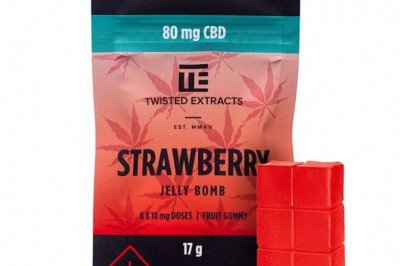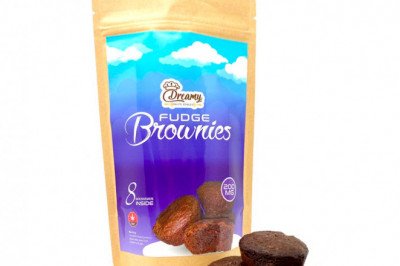
views
1) All kinds of on-the-spot color blocks, such as red, green, blue and other headlines and signs, and basic colors that do not need to be layered, are fully done. General customers require strong and bright colors for these headlines and signs.
Processing method of color saturation in book printing
Processing method of color saturation in book printing
1. The depth of the basic primary color is sufficient for book printing
1) All kinds of on-the-spot color blocks, such as red, green, blue and other headlines and signs, and basic colors that do not need to be layered, are fully done. General customers require strong and bright colors for these headlines and signs. Theoretically, it is to give full play to the extreme effect of the maximum field density of offset ink to achieve the maximum saturation. Although 95% of the dots will increase to 100% after printing, this is different from the effect of 100% field printing. 95% of the dots only reach the field density in 95% of the dot area, while the increased 5% area has ink, but the ink density is thin. 95% dot increases to 100% ink density, which is not as thick and bright as 100% field density.
2) The blue sky, ocean, green leaves, lawn and other colors in landscape photography images are in people's minds
A fixed concept has been formed. Therefore, in principle, the color quantity of version C should be deepened on the basis of the required color quantity of the hue, while that of version y for green leaves, lawns and so on, so as to make the green saturated and bright. For the red, green and blue depth basic colors requiring layers, according to the color deviation and gray characteristics of general offset printing inks, the optimal saturation configuration is:
Red = M95% + y85%
Green = y95% + C85%
Blue = C95% + M80%
3) The dot value configuration features of azure sky: first, do not put Y color below 40% of the C color version to make the sky blue more bright; Second, put more than 50% of the c-color version in Y color to make the sky blue not red, and make the blue calm and thick. At the same time, because the sky blue ink used now is red, it consciously reduces the light red, so as to make the blue sky more beautiful.
4) Xiangshan red leaves in autumn can be treated more redder than the actual red leaves. The depth basic color y is 100%: m is 95%, and C can not be put, which makes the red leaves look particularly gorgeous under the sun and gives people a pleasant sense of transparency.
These changes in the pursuit of color break through the traditional color matching methods and highlight the aesthetic value of color in visual art.
2. Depth basic color retention hierarchy
1) The dot gradation value range of deep basic color is 65% - 90%. Because more than 80% of the dots increase, the layers are easy to merge. Therefore, the basic color of the layer is required for this area. The layer should be maintained on the premise of sufficient field density, and the saturation of field density can not be emphasized, resulting in the level of the basic color. Processing Essentials: the depth of the basic color of the required level, focusing on the color quantity of more than 80% of the area, is moderately reduced to make it distance from the field color block, so that the printing can not only print the field density, but also maintain the level.
2) In color processing, it is difficult to give consideration to both the bright saturation of color and the light and dark levels in color. In order to preserve the light and dark levels in color, complementary colors should be used. If complementary colors are used for packaging and printing products, the brightness of color will be reduced and the gray level will be increased. If you want to make the color bright, you should put less complementary colors, so that the light and dark levels in the color will be affected. For timeliness and packaging products, we should emphasize the saturation and bright color, which will affect the light and dark levels of some colors. In this way, the final printed image has strong color sense and good visual effect. The key is to master a "degree", and the grasp of "degree" is the expression of the operator's aesthetic level, which is directly related to the artistic effect of color.
3) The hierarchical texture in the deep basic color is mainly represented by the main color plate, such as red, orange and other warm colors: it is represented by Y and M color plates; Cool colors such as green and cyan are represented by the c-color version. Therefore, we must emphasize the hierarchical texture of the main color plate and realistically show the characteristics of the hierarchical feeling of the real object.
4) the basic color of the middle adjustment area is adequate. The range of tone adjustment in middle adjustment area is 35% 1 65%, which is the main part of most objects and the key area of color processing. To adjust the basic color of this area to the best saturation, the key is to increase the color by 5% or more for book printing. For example, safflower, the M color in the bright medium is 40%, which can deepen the treatment to 45% and make the red more saturated and bright.












Comments
0 comment